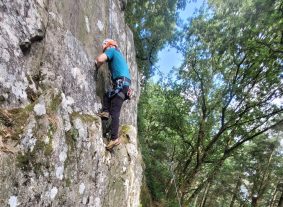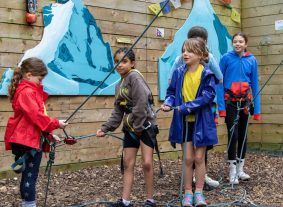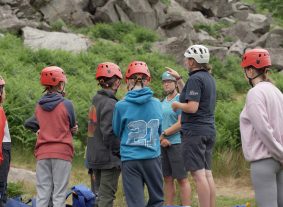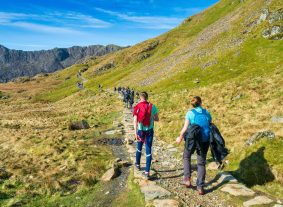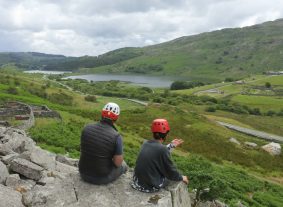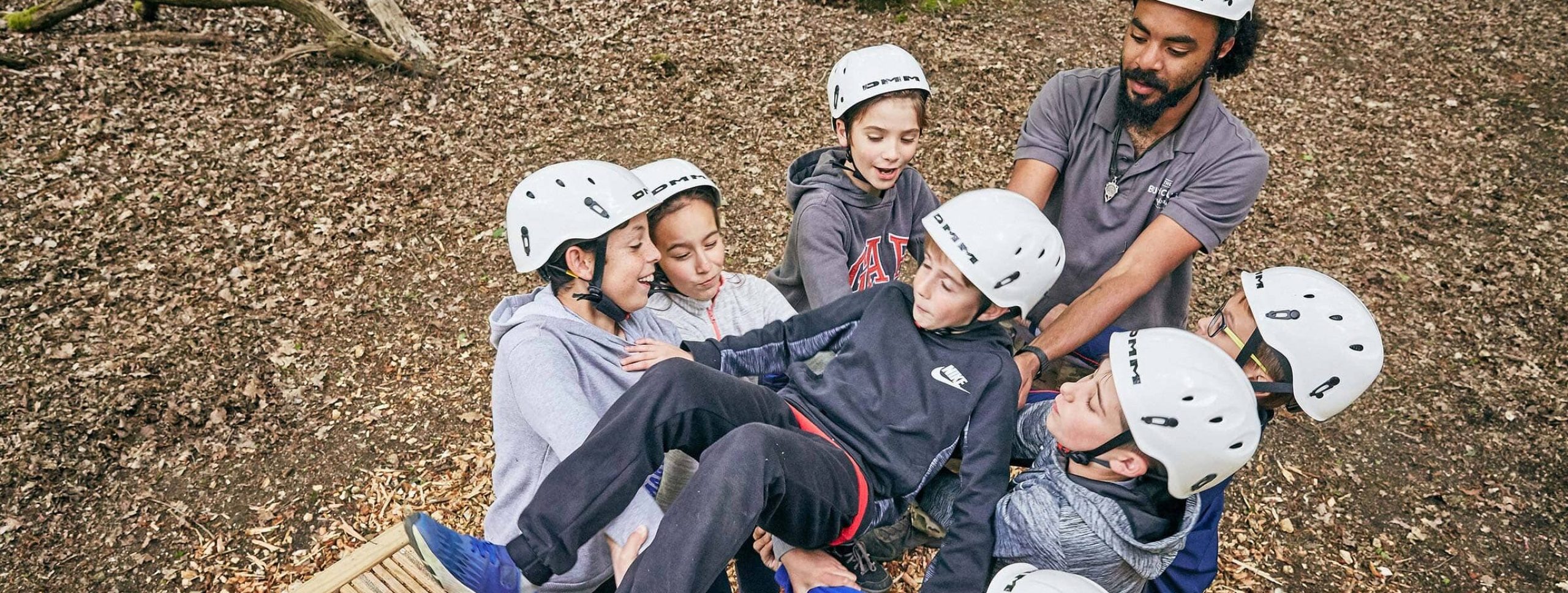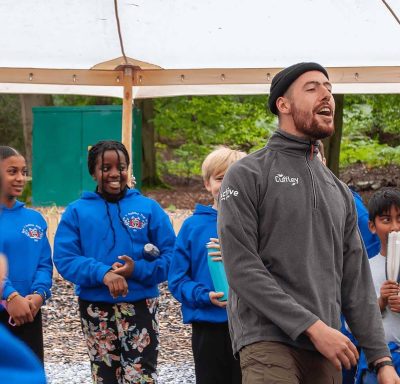In today’s educational landscape, teamwork and collaboration are essential skills that extend far beyond the classroom walls. For teachers seeking ways to foster these abilities, outdoor activities offer a unique and highly effective approach. Unlike traditional classroom settings, the outdoors provides an immersive environment where students can engage in hands-on, experiential learning that naturally promotes teamwork.
1 Breaking Down Social Barriers
One of the first hurdles in developing effective teamwork is overcoming social barriers. In the classroom, students often stick to their usual social groups, which can hinder the development of a cohesive team dynamic. Outdoor activities, however, mix students in new and unfamiliar ways. Whether it’s navigating a ropes course or working together to build a shelter, these activities require students to engage with peers they might not usually interact with. This natural integration helps break down cliques and encourages students to appreciate the strengths of their classmates.
2 Real-World Problem Solving
Outdoor activities are rife with opportunities for problem-solving in real-world contexts. For instance, students might need to figure out the best way to cross a stream using limited resources or how to navigate a trail using a compass. These challenges are not only fun but also require students to pool their knowledge, listen to different perspectives, and collaborate to find solutions. This type of problem-solving mirrors real-world scenarios where teamwork is crucial, making the experience both practical and memorable.
3 Building Trust and Communication
Trust is the foundation of any effective team, and outdoor activities are particularly good at fostering it. Activities like trust falls, group climbing exercises, or even team navigation tasks require students to rely on one another. They learn that clear communication is key—whether it’s guiding a blindfolded partner through an obstacle course or coordinating to move a large object together. These exercises build trust incrementally and reinforce the importance of clear, concise communication.
4 Leadership and Role Allocation
Outdoor activities often present situations where leadership naturally emerges. Teachers can observe which students step up as leaders, who excels at listening, and who can keep the team motivated. These scenarios provide valuable insights into the dynamics of leadership and the importance of different roles within a team. Students learn that leadership is not just about taking charge but also about supporting others, allocating roles based on strengths, and knowing when to step back.
5 Learning from Failure and Success
In outdoor settings, failure is an option—and a valuable one at that. When a group’s initial attempt to build a raft collapses or a route they planned leads to a dead end, students learn resilience and the importance of adapting their strategies. These failures, far from being discouraging, become powerful teaching moments. Teams must reassess, communicate effectively, and try again, which builds a growth mindset and teaches that success often requires multiple attempts and the collective effort of the entire team.
6 Fostering Empathy and Inclusivity
Outdoor activities often place students in situations where empathy and inclusivity are crucial. For example, during a long hike, some students might struggle more than others. This provides an opportunity for peers to offer support, share encouragement, or adjust the pace to accommodate everyone. Such experiences teach students that successful teamwork is not just about reaching the goal but ensuring that everyone gets there together.
7 Creating Memorable Shared Experiences
Finally, the memories created during outdoor activities serve as powerful reminders of the value of teamwork. The shared sense of accomplishment—whether from scaling a rock wall, navigating a tricky course, or simply making it through a rainy camping trip—builds a sense of camaraderie and belonging. These experiences bond students together and serve as a foundation for stronger teamwork in future classroom projects.
By incorporating outdoor activities into your teaching strategy, you can cultivate a classroom environment where teamwork flourishes. These experiences not only enrich students’ education but also equip them with essential life skills that will benefit them long after they leave school. So, take the classroom outside, and watch your students thrive as they learn the true value of working together.
